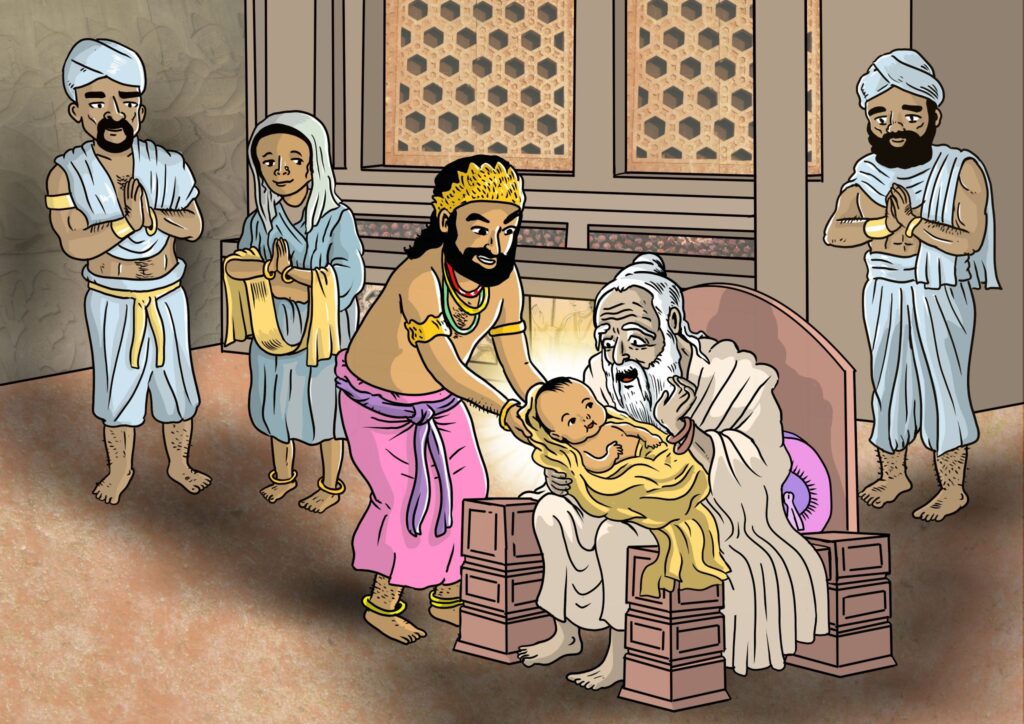
(For context, see: His Friends Call Him Bud.)
The story of the Buddha begins with the birth of an Indian prince by the name of Siddhattha (also commonly spelled as Siddhārtha).[1] Siddhattha was son of King Suddhōdana and Queen Maya of the Shakya clan. He was born in Lumbini, in present-day Nepal, traditionally said to be circa 623 BCE.
You probably did not have a famous great sage come visit you right after you were born (I certainly did not), but that was precisely what happened to Siddhattha. Soon after Siddhattha was born, the great hermit sage Asita arrived at the palace and asked to see the baby. The king gladly obliged. Asita held the baby in his arms, and he was overjoyed. A few seconds later, Asita became dismayed and started weeping. King Suddhōdana, understandably shocked, asked, “Will some misfortune befall the prince?” Asita assured the king that no misfortune will befall the prince. He further explained that his initial elation came from seeing that this prince would reach “the foremost enlightenment” and would teach an “unequalled Dharma” that will free countless sentient beings from suffering. However, Asita also saw that, being already an old man, he would be dead before that unequalled Dharma would be taught, and so he would not be alive to hear it. Hence, he was “troubled, distressed, and dejected.” [2]
When the baby was five days old, in keeping with local tradition, a naming ceremony was held and the prince was named Siddhattha Gotama. Siddhattha means “wish fulfilled” and Gotama was the family name (also commonly spelled as Gautama).[3] As part of the ceremony, eight distinguished Brahmin scholars were invited to read the baby’s future. Seven of the scholars predicted that young Siddhattha would one day grow up either to be a great king (a “universal monarch”) or a great sage. The youngest of the eight, Koṇḍañña, confidently predicted that Siddhattha would grow up to become a buddha, a fully enlightened one. Many years later, Koṇḍañña would become an early student of the Buddha and the very first to reach enlightenment.[4]
When Siddhattha was a young child, a remarkable thing happened. His father presided over the Plowing Festival and brought along his courtiers, his family, and their caretakers. At some point, the adults were so preoccupied that they neglectfully left the young prince unattended. Young Siddhattha, under a rose-apple tree and seeing nobody around him, sat cross-legged, focused on his breath, and spontaneously went into a state of deep meditative concentration known as the first jhāna (which we will discuss later in this series). When the adults returned to see the young child in deep meditative concentration, they were awestruck. This was a one-time mini-miracle, Siddhattha never again went into meditative concentration until he became a full-time seeker of truth as an adult, but this incident would have a pivotal effect on his final ascent to enlightenment.
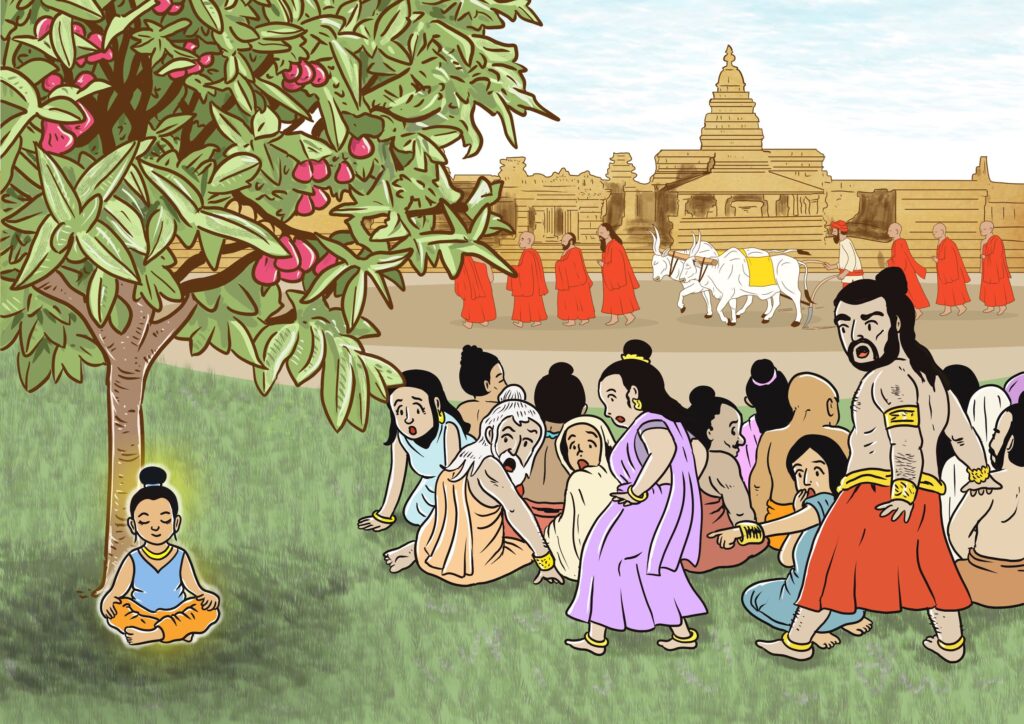
As an aristocrat, Siddhattha no doubt received a good education and training in martial arts. At sixteen, he married his beautiful cousin of the same age, Princess Yasodharā. He lived a pampered, luxurious life filled with sensual pleasures. He had the highest quality clothing. A white parasol was always held over him “so that I might not be touched by heat or cold, dust, leaves or dew.”[5] He had three palaces, one for the cold season, one for the hot season, and one for the rainy season. And yes, he had good food and on-demand entertainment by female musicians. Life was good, until the day he went out to explore.
What could possibly go wrong? Find out in the next post: The Four Sights, Four Signs, and Four Sighs.

Activities
References
[1] Siddhattha in Pali, Siddhārtha in Sanskrit.
[2] Nalaka Sutta (Sutta Nipāta 3.11).
[3] Gotama in Pali, Gautama in Sanskrit.
[4] Dhammacakkappavattana Sutta (Saṃyutta Nikāya 56.11).
[5] Sukhamala Sutta (Aṅguttara Nikāya 3.39).
Featured image by Colin Goh.
Sharing Joy and Wisdom with our Buddhist Art
Our team is honored to work with talented artists to create meaningful Buddhist art. To share these creations more widely, we are offering them on thoughtfully crafted merchandise. We hope these items can serve as gentle reminders and companions to inspire wisdom, compassion, and joy in daily life. [Learn More].
Explore our entire Buddhism.net collection here.
Explore the Asita’s Prophecy design collection here.





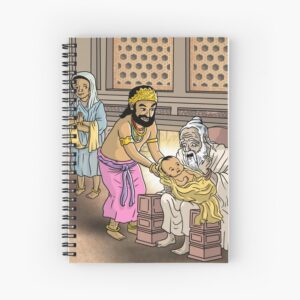
Merchandise highlights from this design collection
Explore The Young Buddha’s Meditation under the Rose Apple Tree design collection here.
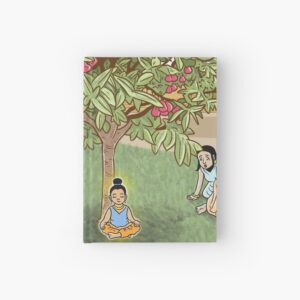

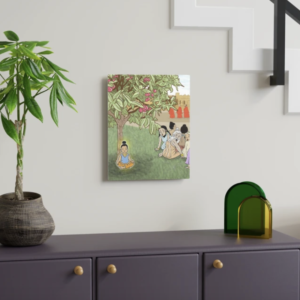


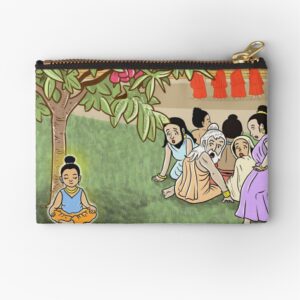
Merchandise highlights from this design collection


